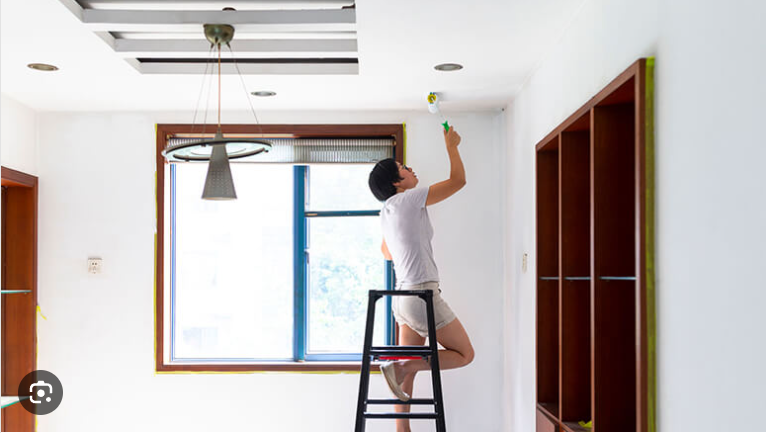Emergencies have a knack for showing up at the most inconvenient times, and when it comes to your home, those surprise repairs can pack quite a financial punch. While a malfunctioning water heater might be a minor setback, the prospect of replacing a furnace, air conditioning unit, or even your entire roof can leave you scrambling for solutions. In this article, we’ll explore innovative and lesser-known ways to cover the expenses of emergency home repairs, some of which involve home repair loans and others that offer unique alternatives.
HELOC: The Swift Solution
When you’re facing a sudden home repair crisis, time is of the essence. One option that provides both speed and flexibility is a Home Equity Line of Credit (HELOC). HELOCs are a type of revolving credit that allows homeowners to borrow against the equity in their homes. Of course, you might wonder how long does it take to get a HELOC, when faced with an emergency? The remarkable aspect of HELOCs is the relatively quick approval process; it can take as little as two weeks to secure the funds you need. These loans typically come with variable interest rates, which means your payments may fluctuate over time, but they offer a valuable lifeline when you need to address critical repairs promptly.
Savings: The Prudent Path
While it may sound conventional, using your savings is a straightforward and effective way to cover emergency home repair expenses. However, it’s often overlooked in favor of other financing options. Before diving into loans or credit lines, assess your savings and emergency funds. By tapping into these resources, you can avoid taking on additional debt or interest payments. It’s a responsible approach that can give you peace of mind, knowing you’re not accumulating new financial burdens.
Non-Repaid Grants: A Helping Hand
Not all financial assistance for home repairs requires repayment. Various grant programs and organizations offer support to homeowners in dire need. These grants can cover a range of repairs, from structural issues to energy efficiency improvements. While eligibility criteria and availability vary, exploring these grant options can be a game-changer, particularly for those who may not have the means to repay loans.
Insurance Riders: The Silent Savior
Sometimes, the solution to emergency home repairs is right under your nose—your homeowner’s insurance policy. While standard policies may not cover all types of repairs, consider adding specific riders to your policy that address potential emergencies. For instance, a roof rider could save you from a major financial headache when your shingles unexpectedly give way during a storm. These riders may come with additional premiums, but they can be a wise investment for peace of mind.
Community Resources: A Network of Support
Communities often band together to help homeowners in crisis. Local organizations, charities, and even neighbors can offer assistance in the form of labor, materials, or financial aid. While this may not cover the entire cost of your repair, it can significantly reduce the financial burden. Don’t hesitate to reach out to your community when you’re facing a home repair emergency.
Creative Financing: Thinking Outside the Box
Sometimes, unconventional problems require unconventional solutions. Consider exploring creative financing options such as peer-to-peer lending platforms, crowdfunding campaigns, or even bartering services with skilled tradespeople. These methods may not be the first that come to mind, but they can offer surprising benefits when traditional avenues fall short.
In conclusion, emergency home repairs can be daunting, but they don’t have to devastate your finances. From the swift support of HELOCs to non-repaid grants and community assistance, there are numerous ways to tackle these unexpected expenses. By thinking outside the box and exploring lesser-known options, you can find the right solution for your situation. Remember, when it comes to emergency home repairs, being prepared and resourceful can make all the difference.











